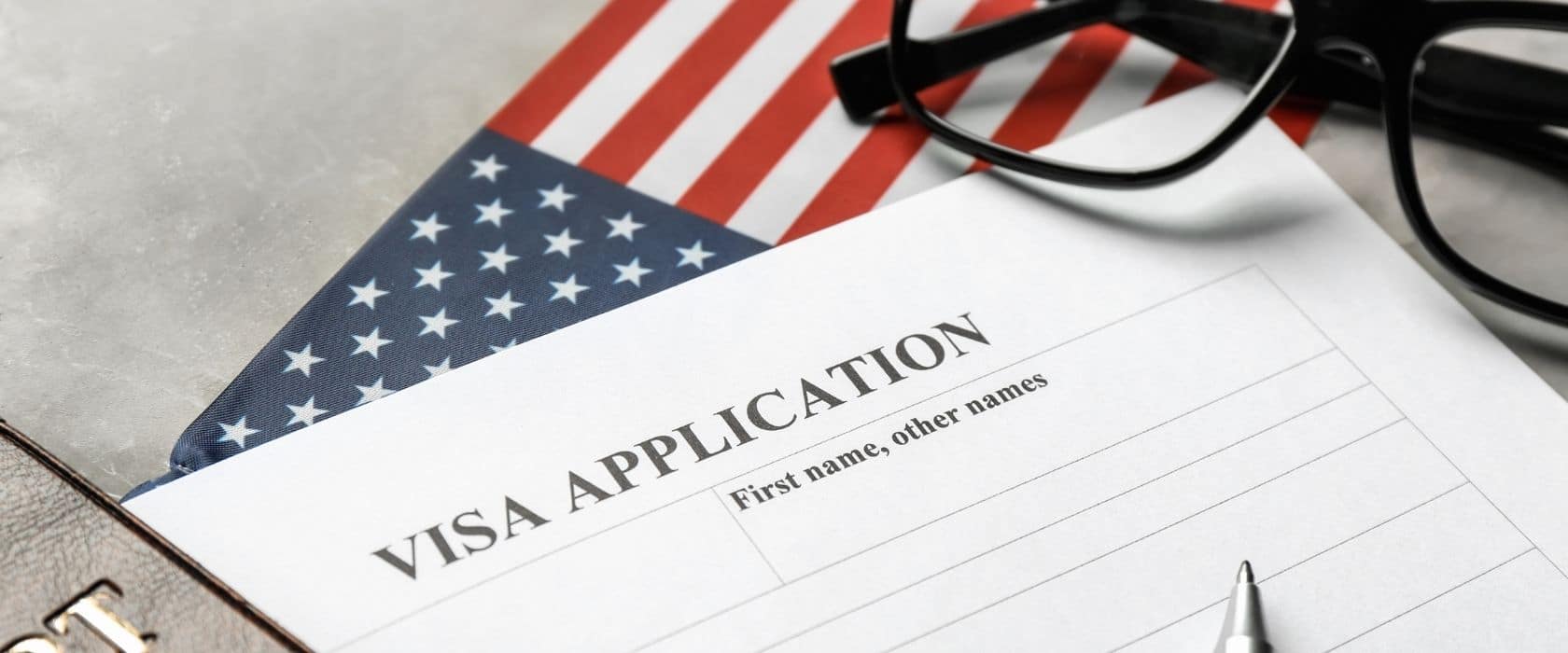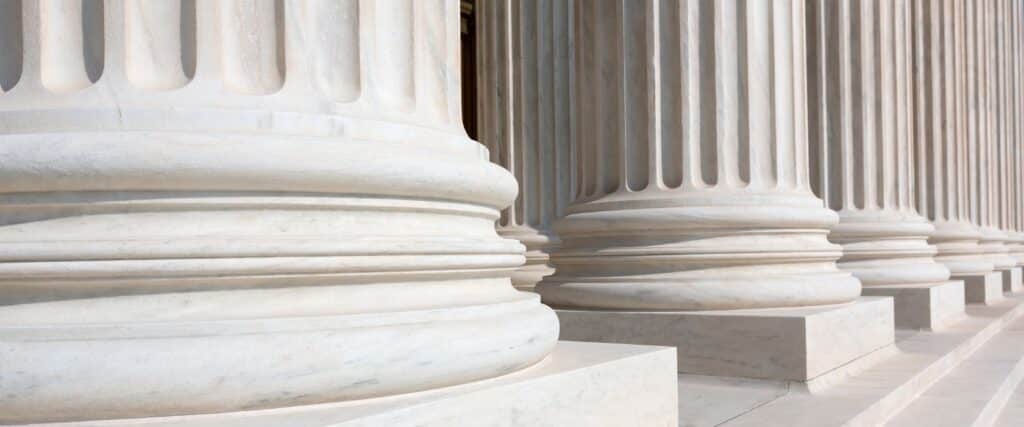New H-1B Visa Fee Set To Disrupt Graduate Pathways
President Donald Trump’s latest executive order, signed on September 19, 2025, has sent shockwaves through university campuses across America. International students pursuing master’s degrees and MBAs could suddenly face a US$100,000 fee barrier to remain in the United States after graduation. This policy fundamentally disrupts the traditional graduate pathway. The F-1 student visa to H-1B work authorization has attracted hundreds of thousands of international students to American universities.
The policy, designed to encourage companies to hire American workers, particularly impacts major tech companies like Amazon, Microsoft, and Meta. These companies rely heavily on skilled workers from countries like India, which accounts for 71% of H1-B visa approvals.
The Broader Economic Shockwaves
Trump’s proposed US$100,000 fee for H1-B visas, a 60-fold increase from current costs, has sparked warnings from economists about potential damage to US economic growth.
Economists at Berenberg have lowered US growth forecasts and warn of potential “brain drain” effects. The announcement created immediate chaos in Silicon Valley, with companies advising staff against international travel.
Despite clarification that the fee applies only to new applicants as a one-time payment, the policy has triggered concerns across the healthcare and education sectors that also depend on H1-B workers. Furthermore, Indian tech giants like Infosys and Tata Consulting Services are seeing 3% stock price drops, and India’s government is warning of the “humanitarian consequences” for affected families.
The Student-to-Workforce Pipeline Under Threat
The new H-1B fee structure creates an unprecedented financial obstacle for recent graduates who have invested heavily in American higher education. International students already pay significantly higher tuition rates than domestic students. Programs often total up to US$80,000 annually for master’s programs and up to US$200,000 for top MBA programs. Now they face an additional US$100,000 burden just to begin their professional careers in the U.S.
This policy particularly impacts STEM graduate students who have historically relied on the H-1B pathway after completing Optional Practical Training (OPT) periods. Engineering, computer science, data analytics, and healthcare administration graduates, fields where international students comprise significant portions of graduate programs, now confront a career cliff after years of academic investment.
Master’s Programs and Business School Implications
Typically, master’s and MBA programs have attracted international talent with promises of access to the American job market and networking opportunities with Fortune 500 companies. Schools like Wharton, Stanford, and Harvard typically see 30-40% international enrollment in their MBA programs. Students pay premium tuition rates partly for access to post-graduation work opportunities.
The US$100,000 H-1B fee effectively prices out many international MBA graduates from consulting, finance, and corporate management roles that traditionally sponsor work visas. This could fundamentally alter the value proposition of American business education for international students. It may potentially drive them toward European programs or back to their home countries after graduation.
How U.S. Universities Could Suffer Enrollment and Revenue Loss
American universities now face potential enrollment declines as international students recalculate the return on investment of a U.S. education. Graduate programs in engineering, business, and technology fields have become increasingly dependent on international student tuition revenue. This revenue often subsidizes domestic student financial aid and research programs.
Universities may need to significantly increase marketing efforts to demonstrate value beyond work authorization pathways. They may need to emphasize research opportunities, alumni networks, and transferable skills that benefit students regardless of where they ultimately work.
The Employer Cost-Benefit Analysis
Will companies pay $100,000 to sponsor a recent graduate? Maybe, if you’re a top-tier software engineer with years of experience. But for the average international graduate, it’s unlikely. This creates a job market where only elite firms can afford to hire international talent, leaving startups, NGOs, and research labs out in the cold.
This results in a two-tiered employment market: one for domestic or well-sponsored candidates, and another that excludes promising foreign graduates.
Alternative Visa Routes and Strategic Workarounds
International students may increasingly pursue the EB-5 investor visa route or the new “Trump Gold Card” program. Although the $1 million investment requirement for the Gold Card remains prohibitive for most.
Others might seek employment with multinational corporations offering intra-company transfer opportunities. Alternatively, they may consider immediate relocation to countries with more accessible work visa programs.
Some students may extend their academic journey through doctoral programs, hoping for policy changes before they complete their studies. Universities might also explore expanding international campus programs or dual-degree partnerships that provide alternative pathways to global careers.
Contradictions in U.S. Immigration Policy Under Trump
The proposed policy changes also reveal a stark contradiction between the President’s stated goals and his administration’s actual implementation. While Trump declared in 2024 that international students “should stay and work in the United States after graduating from U.S. universities,” his administration has systematically dismantled the pathways that make this possible.
The new rule proposes weighting the H-1B lottery to favor senior-level workers over recent graduates. Combined with the new H-1B fee, these policies effectively shut out the very international students Trump claimed to welcome.
Analysts suggest this disconnect indicates Trump is not closely involved in crafting immigration policy. This allows White House staff to pursue their own restrictionist agendas that directly contradict his public statements about retaining international talent educated in American universities.
Legal Challenges Facing the H-1B Lottery Overhaul
The proposed H-1B program changes face significant legal vulnerabilities that immigration attorneys expect will lead to successful court challenges. The Trump administration previously attempted similar salary-based prioritization in 2021 but failed to implement it.
Legal experts argue the new rule violates clear congressional intent, as the Immigration and Nationality Act explicitly requires processing H-1B petitions “in the order in which petitions are filed.” In 2019, DHS itself acknowledged that “prioritization of selection on other bases would require statutory changes,” effectively admitting the current salary-based proposal exceeds administrative authority.
The American Immigration Lawyers Association and major business coalitions, including the U.S. Chamber of Commerce, have signaled their intent to challenge the rule.
A Blow to U.S. Higher Education Competitiveness
The bigger picture? America risks losing its edge as a global education leader. Nations like Canada, Australia, and Germany are actively marketing their friendlier student-to-work pipelines.
The ultimate irony is that this policy may achieve the opposite of its stated goals. It may drive away the very graduates who could contribute to American innovation and economic growth. Losing international students also means losing future entrepreneurs, researchers, and community leaders, individuals who often give back far more than they take.
Let’s not forget prominent previous recipients of the H-1B visa: Tesla CEO Elon Musk, Alphabet CEO Sundar Pichai, and Microsoft CEO Satya Nadella.
You might also like to read this:
Harvard Wins Major Court Victory Against Trump Administration Funding Freeze
After Harvard rejected Trump administration demands to overhaul its governance and hiring practices, the government froze US$2.6 billion in research funding. Federal Judge Allison Burroughs ruled this freeze unconstitutional retaliation, restoring funding while setting up a Supreme Court battle over academic freedom.
Read more






